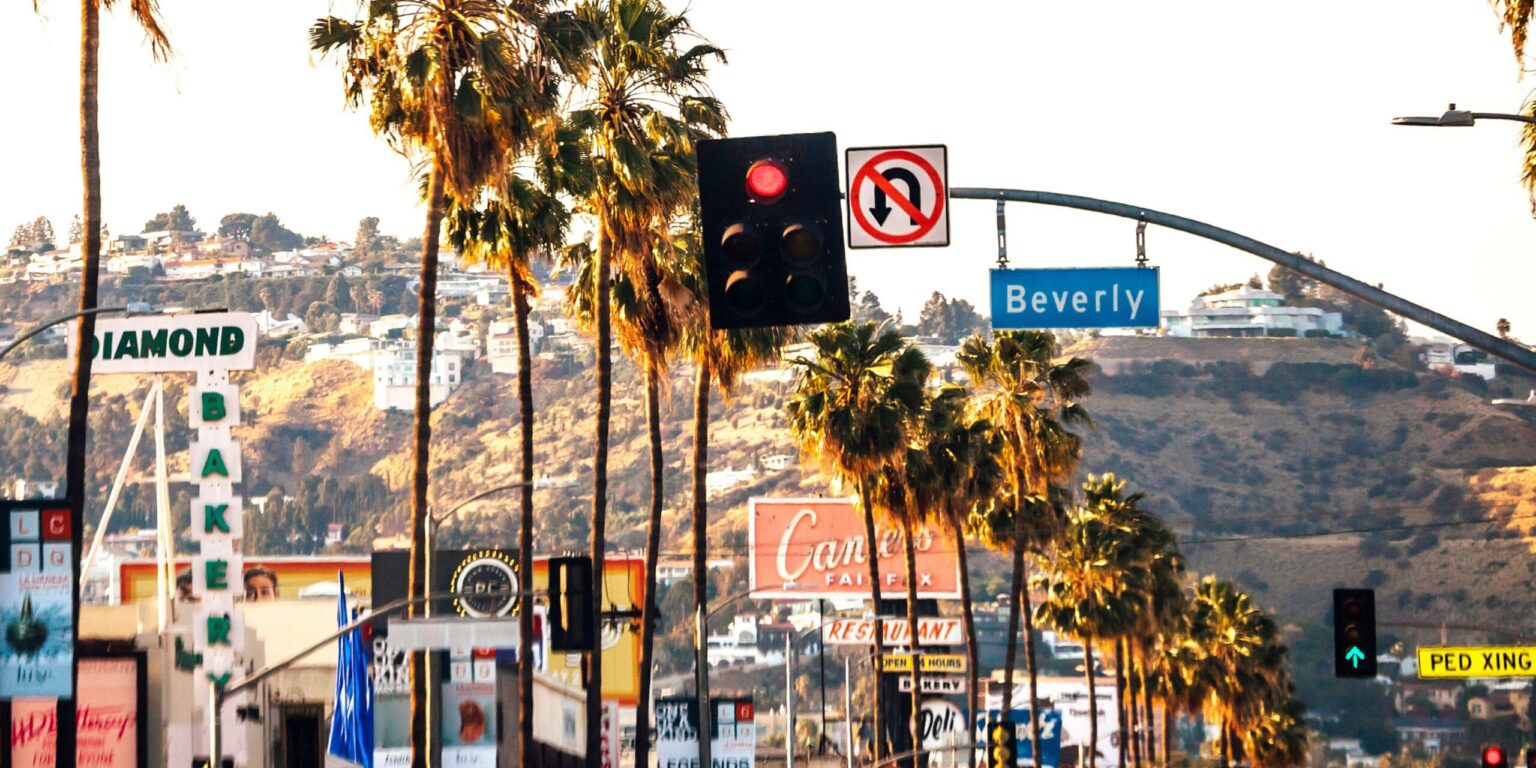By Chloe Ramirez, Senior Correspondent
On June 10, 2025, approximately 700 U.S. Marines were deployed to the Los Angeles area following days of escalating protests against Immigration and Customs Enforcement (ICE) operations. The deployment follows a weekend marked by tense demonstrations, dozens of arrests, and citywide disruptions. Federal officials state the goal is to stabilize the situation and support local authorities amid mounting public outcry over federal immigration enforcement tactics.
Widespread Unrest Sparks Federal Intervention
The week-long unrest was ignited by reports of ICE raids in heavily immigrant-populated areas of Los Angeles, including Boyle Heights, Koreatown, and South Central. Witnesses claimed agents conducted aggressive door-to-door operations, prompting fears among undocumented residents and immigrant families. In response, community organizers mobilized quickly, leading rallies and marches that swelled into mass demonstrations.
By the weekend, peaceful protests evolved into confrontational standoffs with law enforcement. Protesters blocked major intersections, surrounded ICE field offices, and occupied public spaces downtown. Authorities reported incidents of vandalism, including the defacement of government buildings and the torching of autonomous delivery vehicles. Police used riot control tactics, including tear gas and rubber bullets, to disperse crowds.
In response to the civil unrest, the federal government initiated the deployment of Marines from a base in California. This followed the earlier activation of 2,000 National Guard troops tasked with guarding infrastructure and federal property. Military vehicles were spotted near Los Angeles City Hall and the federal courthouse as early as Monday morning.
Federal and State Officials Clash
The decision to deploy military personnel has drawn sharp criticism from state leaders. California Governor Gavin Newsom publicly condemned the move, arguing that it was made without his consent and escalated tensions unnecessarily. Legal teams representing the state of California have since filed a lawsuit challenging the federal action, citing violations of the Posse Comitatus Act, which restricts the use of the military for domestic law enforcement.
The federal government contends that the Marines are not being used for police duties but rather to protect assets and provide logistical support. Still, critics argue that the show of force sends an intimidating message to peaceful protesters and undermines trust in both local and national governance.
“We are committed to ensuring the safety of all citizens,” stated a defense spokesperson, “and this deployment is a temporary measure to support local law enforcement during this period of unrest.”
Civil Liberties Groups Raise Alarm
Civil rights organizations have also voiced concern about what they describe as the militarization of domestic response to protest. Several groups have issued public statements demanding a de-escalation and urging federal agencies to engage in dialogue with community representatives rather than respond with force.
Advocacy organizations warn that such heavy-handed responses could set a dangerous precedent for managing dissent. They highlight the psychological toll on already vulnerable immigrant communities who may now fear not only deportation but also military confrontation.
Legal experts have also weighed in, noting that the decision to deploy active-duty military in a domestic setting—while not unprecedented—should be exercised with extreme caution. They stress that the context matters, particularly given the racial and socio-economic demographics of the neighborhoods involved.
Community Response and Next Steps
Despite the military presence, protests continued into Tuesday, with demonstrators calling for comprehensive immigration reform and the dismantling of ICE. Community groups have organized legal aid clinics, safe houses, and supply drives to support those affected by raids and arrests.
Public schools in certain districts have announced temporary closures due to safety concerns, and several small businesses remain shuttered. Local hospitals reported a minor surge in non-life-threatening injuries linked to crowd-control measures.
While federal officials insist the situation is under control, local leaders are urging restraint and emphasizing the need for long-term policy changes rather than temporary security measures.
“We want a future where no family lives in fear of a knock at the door,” said one organizer during a candlelight vigil held in MacArthur Park. “That means addressing root causes—not deploying troops.”
The days ahead remain uncertain as the city grapples with how to balance public order and the constitutional right to protest. For now, Los Angeles remains under close watch, and the national debate over immigration enforcement continues to intensify.
